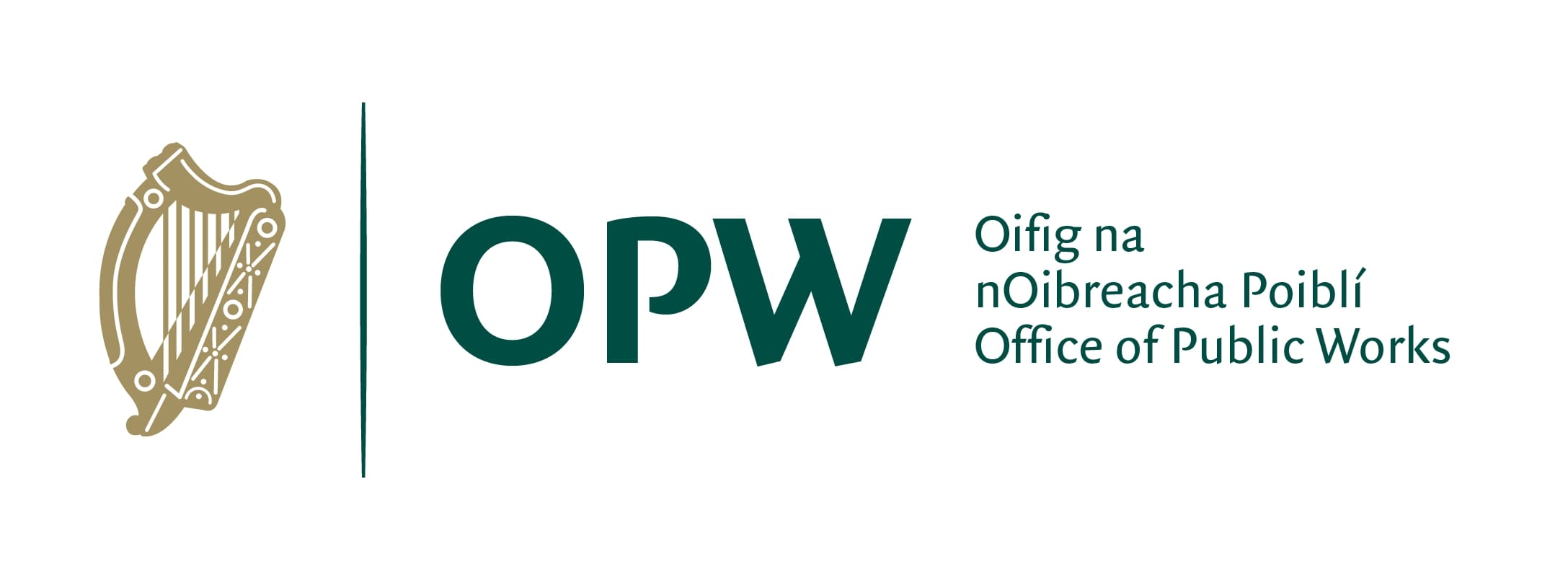Exhibitions
Kilmainham Gaol Museum Permanent Exhibition
Ongoing
The main exhibition at Kilmainham Gaol Museum tells the story of the social and political history of the prison. Three main themes are explored on three levels of the exhibition space:
- social history of Kilmainham Gaol and Irish prisons in the 1800s
- the history of Irish nationalism and republicanism, 1796-1924
- the restoration of Kilmainham Gaol in the 1960s
The ground floor exhibition tells the story of Kilmainham Gaol from the perspective of the ordinary prisoner. A prison register for Kilmainham Gaol shows the crimes for which men, women and children were imprisoned, ranging from violent assault to stealing apples from an orchard. Visitors can see the small wooden box used by convict John Sheahan to carry his possessions to Australia in 1842. A Victorian-era Gandolfi camera, used to capture prisoner ‘mugshots’, is also on display.
Rebellion, nationalism and the path to independence are the themes of the exhibition on the first floor, which deals with Irish political history from the 1798 rebellion up until the end of the Irish Civil War in 1924. Objects on display include Robert Emmet’s proclamation of a provisional government of Ireland in 1803, the last letter written by Charles Stewart Parnell and scapulars taken from the body of Michael Collins following his assassination in 1922.
The ‘Last Words’ section of this exhibition displays the last letters and personal belongings of the fourteen leaders of the Easter Rising executed at Kilmainham Gaol in May 1916.The final floor of the exhibition tells the extraordinary story of a group of volunteers who rescued Kilmainham Gaol from near ruin in the 1960s and restored it as a monument dedicated to the men and women who were imprisoned or executed in Kilmainham Gaol in the cause of Irish independence.
Plan your visit to see any of the current exhibitions by viewing location, transport, and facilities information here.

